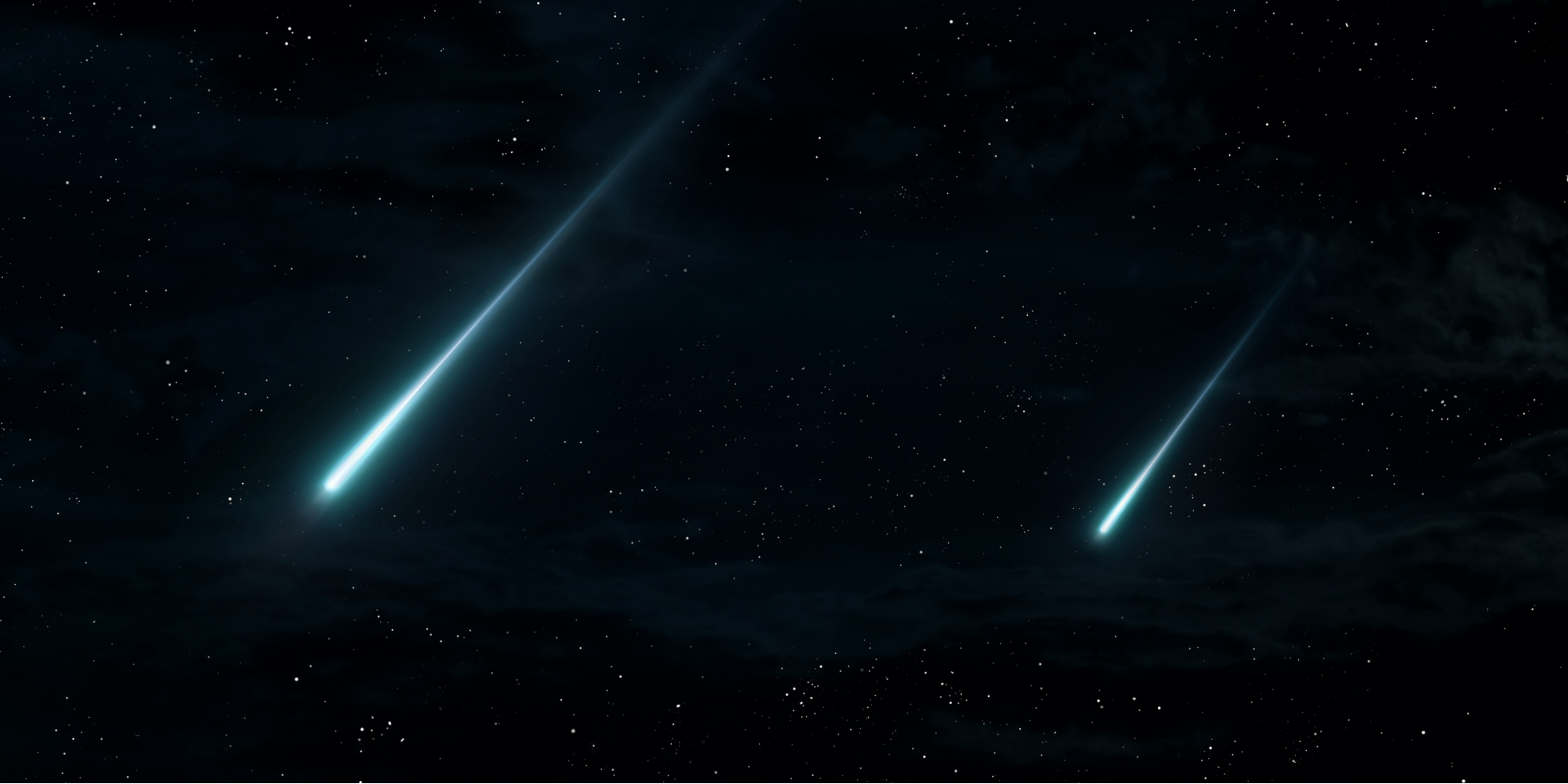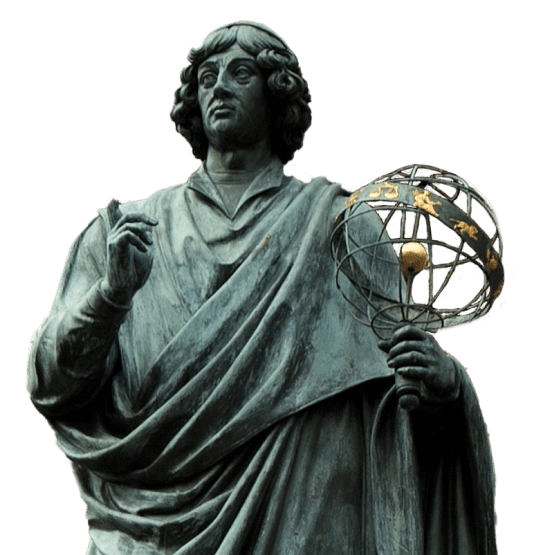October is one of the best months to observe meteors. The most spectacular display will come from the Orionid meteor shower, which will reach its peak on the night of October 20–21. Under favorable conditions, observers may see as many as 20–25 “shooting stars” per hour.
Meteors—commonly known as shooting stars—occur when tiny bits of cosmic rock enter Earth’s atmosphere and burn up, leaving bright trails across the sky. The Orionids are linked to the famous Halley’s Comet, which left behind a stream of dust in space. Interestingly, the same comet is also responsible for the Eta Aquariid meteor shower that appears in the spring.
The Orionids can be observed from October 2 to November 7, though they show their highest activity in the second half of October. They are characterized by their bright white color and trails that remain visible for a moment after passing.
The first mentions of this meteor shower can be found in Chinese chronicles. In the 19th century, it was described by Alexander Stewart Herschel, a British astronomer and the grandson of William Herschel, the discoverer of Uranus.
How and When to Observe the Orionids in Poland
- Peak activity: Night of October 20–21 (also visible a few days before and after)
- Best time: From midnight until dawn
- Direction: The meteors appear to radiate from the constellation Orion (easy to recognize by its three stars in a line—the Orion’s Belt), though they can be seen in various parts of the sky
- Location: Away from city lights, in open areas such as a field, meadow, or beach
- Equipment: None needed—best viewed with the naked eye
October also offers several other meteor showers:
- Draconids: October 6–10
- Southern Taurids: September 20 – November 20
- Several weaker showers that add variety to your stargazing experience






